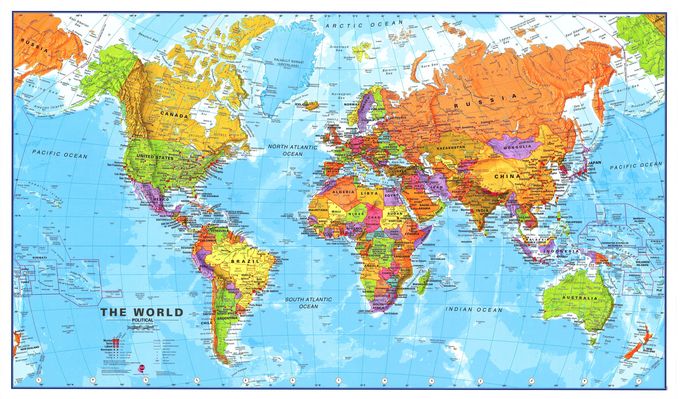
Many people, at some point in their life, have thought about starting up their own country. They’ve doodled down potential flag-ideas, thought about what the capital city would be called, and plotted a financial forecast for its developing economy. Or maybe that’s just me?
Some people, let’s call them ‘The Dreamers’, take these nation-founding fantasies to the next level. And by that, I mean they actually create themselves a country; a tiny portion of the globe that they can call their own. Disregarded by the international-Goliaths, these David-sized micronations prove that size doesn’t matter; it’s what you do with it that counts.
So, here’s to the dreamers, the believers, and all the people who did things their own way. You might not have heard of them, but they’re out there; standing proudly beneath their flag. This is their story. The story of six incredible, and strangely inspirational, micronations and the people that made them happen.
1) The Principality Of Sealand
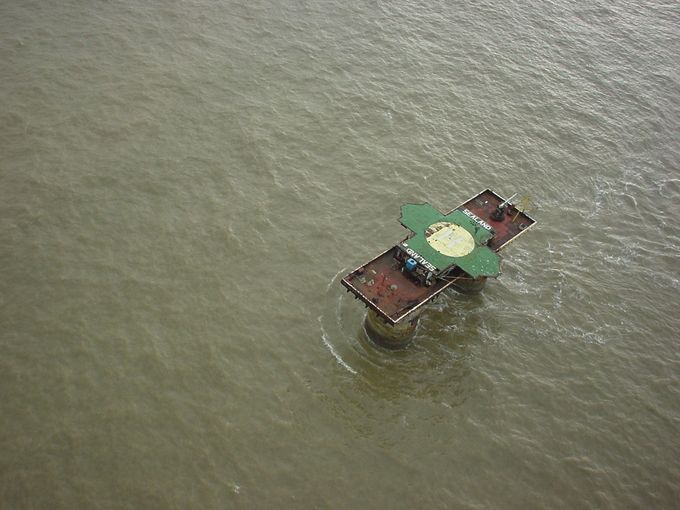
To the naked eye, the Principality of Sealand might look like a dilapidated off-shore platform. Located in the North Sea, approximately 7.5 miles off the coast of Suffolk, Sealand is actually a micro-nation with one genuinely incredible story behind it.
Rough Towers, which is the structure claimed by Sealand as its territory, is a disused sea fort built originally to be a defensive gun platform for the British during World War II. Since 1967, the “fort” has been the residence for the family and associates of a man named Paddy Roy Bates.
Bates seized it from a group of pirate radio broadcasters, originally with the idea of setting up his own station. In 1975, he took things up a notch when he began trying to establish Sealand as an independent nation-state. Bates created symbols for the country, and even went so far as to create a constitution.
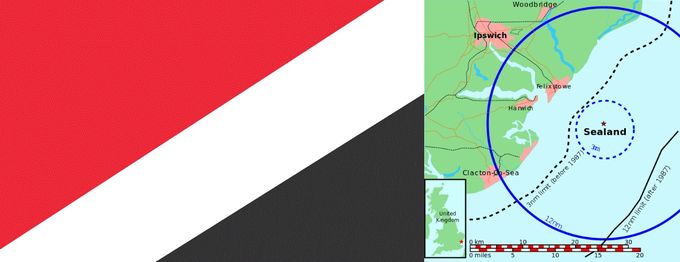
In August 1978, Alexander Achenbach – the self proclaimed “Prime Minister of Sealand” hired German and Dutch mercenaries to attack Sealand while Bates and his wife were in England. Storming the micro-nation with jet skis, helicopters, and speedboats; they took Bate’s son Michael as a hostage.
Amazingly, like the plot line for a Die Hard movie, Michael was able to reclaim Sealand and capture Achenbach and his mercenaries using weapons stashed on the platform. Achenbach, who held a Sealand passport, was charged with treason.
“…the self proclaimed “Prime Minister of Sealand” hired German and Dutch mercenaries to attack…”
After pressure from the governments of Netherlands, Austria and Germany; Achenbach was eventually released. Sealand claim that the intervention, and subsequent visit, by a German diplomat in this matter can be cited as international recognition of the micronation’s existence.
Supporters of Sealand describe it as the world’s smallest country. Despite not being officially recognised by any established sovereign state, the nation’s current Head Of State: Prince Michael Bates claims that it has been de facto recognised by the United Kingdom. Sealand has an area of 550 m2, and a population of just four.
2) Freetown Christiania
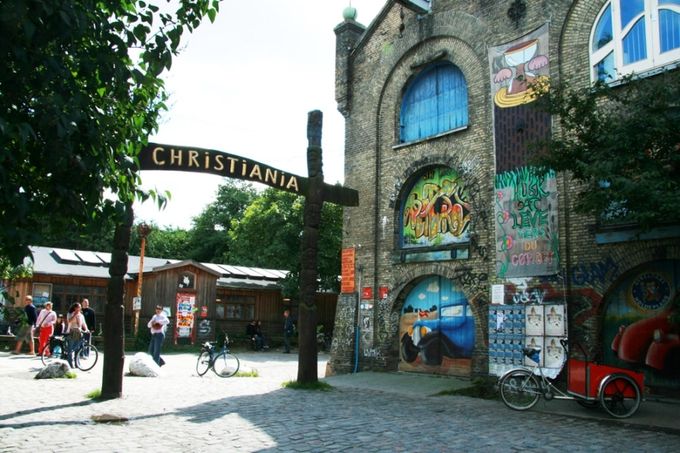
Freetown Christiania is a self-proclaimed autonomous neighbourhood in the Danish capital of Copenhagen. It has a population of about 850, and covers 34 hectares. Like all the micronations on this list, its fascinating story is one that’s threaded with intrigue.
The authorities in Copenhagen regard Christiania as a large commune, but the area is unique because it is regulated by a special law that was introduced in 1989. Freetown’s existence has been an ongoing source of controversy since it was founded in a squatted military base way back in 1971.
On the 4th of September 1971, inhabitants of Copenhagan broke down the militarised area’s fence and claimed the area as a playground for their children. Although the takeover was initially highly disorganised, some believe that it represented a protest against the Danish government (there was a distinct lack of affordable housing in the city).
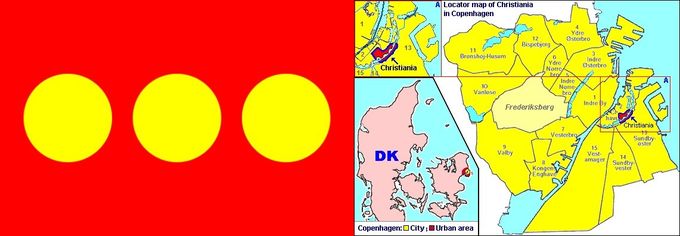
On the 26th of September 1971, a well known provo and counter-culture journalist named Jacob Ludvigsen wrote an article announcing the proclamation of the free town; claiming, in the process, that civilians had conquered a “forbidden city” of the Danish military. Ludvigsen would go on to be a co-author of Christiania’s mission statement.
In contrast to the area’s militaristic and regimented origins, the spirit of Christiania encapsulated collectivism, anarchism, and the hippie and squatter movements of the time. In a nutshell, it became an anti-establishment haven for those wanting to live their life by a different set of rules.
“…it became an anti-establishment haven for those wanting to live their life by a different set of rules.”
In 1976, Tom Lunden from Bifrost wrote a song entitled ‘I Kan Ikke Slå Os Ihjel’ (‘You Cannot Kill Us’). This song, which represented a never-say-die attitude, became the unofficial anthem for the people of Christiania.
The micronation built up some semblance of an economy through the trading of cannabis. Since 2004, however, the Danish government has started to clamp down on this. Unsurprisingly, this has resulted in protest, violence, and police raids.
On April the 24th, 2005, a 26-year-old resident of Christiania was murdered in a violent gang assault. The reason for this attack, which injured three other residents, was the result of an ongoing feud over the cannabis market in Copenhagen.
3) The Republic Of Molossia
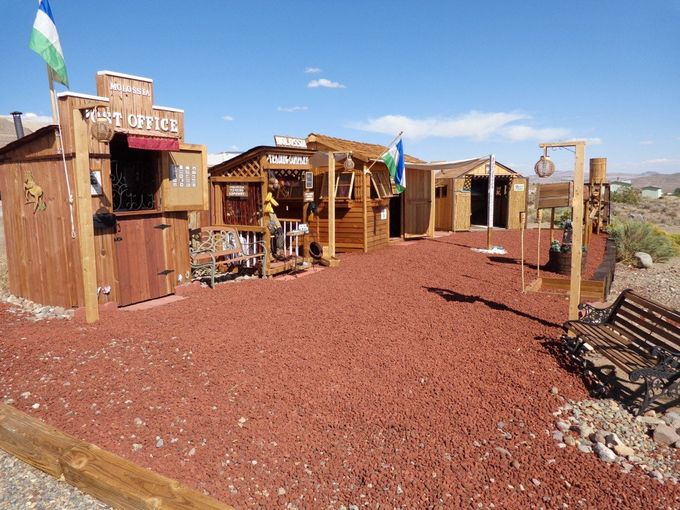
Some people, it seems, never truly grow up. Kevin Baugh, the President of Molossia, is one such person. In 1977, Baugh and a friend founded the Grand Republic of Vuldstein. In 1999, 20 years after the creation of Vuldstein, retired US army sergeant Baugh turned his boyhood fantasy into a territorial entity with the formation of Molossia.
The Republic of Molossia is a landlocked micronation, in the American state of Nevada. The country consists of Baugh’s residence (known as the Government’s House), and 1.3 acres of surrounding property and land. The capital is Baughston, which was renamed from Espera in honour of the President’s 51st birthday.
Molossia recognises numerous other micronations, with several treaties now in place. Visitors to the country are required to show their passport, and donate their pocket change in order to be admitted. Baugh has stated that citizens of Andorra, Liechtenstein, San Marino, Monaco, and Seborga (also on this list) do not need to show their passport or pay the entry fee.

The level of infrastructure in Molossia, relative to its size, is fairly impressive. The country even has its own currency called the Valora. The Valora doesn’t have it’s own gold reserve, and is instead supported by tubes of cookie dough stored in an outbuilding called the Bank of Molossia. Valora coins are made from gambling chips, with printed “banknotes” also available.
Remarkably, Molossia claims to still be at war with East Germany. Despite the fact that the Berlin Wall no longer exists, President Baugh insists that the Ernst Thälmann Island, allegedly given to Cuba in 1972, is still a sovereign territory of East Germany and thus the war between the nations has never truly ended.
“Remarkably, Molossia claims to still be at war with East Germany.”
Molossia lays claim to colonial territories in the most unlikeliest of places. On the planet of Venus, for example, Molossia claim to own 49,881 square miles of territory called Vesperia. On top of this, Baugh has also claimed a spot in the North Pacific Ocean called Neptune Deep.
Despite the micronation’s best efforts, including a failed petition in 2012, the Republic of Molossia is not officially recognised as a country by the United Nations or any other country.
4) The Consulate Of La Boirie
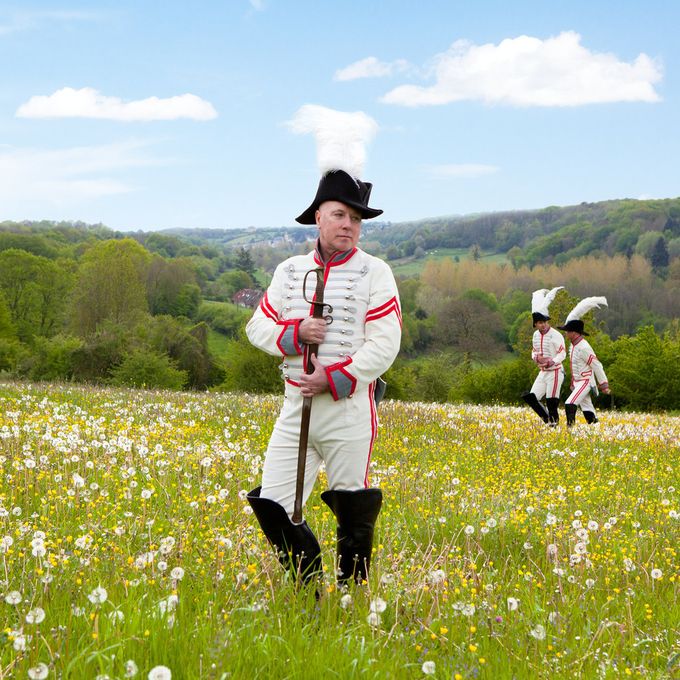
In 2006, three friends called Philippe, Pascal and Sebastien appointed themselves consuls of the Boirie consulate. This, it turned out, was the birth of a nation; their nation.
Located in the Loire region of north-western France, the consulate was made up of their guest house and seven-hectares of land. Declaring it a place of tolerance, hedonism and eco-citizenship; La Boirie was everything the three friends wanted it to be.

Parties were a regular occuerence in the La Boirie Bed and Breakfast; with dinner, dancing, and murder mysteries on the menu pretty much every night. When it came to running a country, and the art of micronationalism, these guys ripped up the rulebook and made it all about the good times.
Alas, all good things must come to and end. And so, after Pascal’s death in 2012, consular business was brought to an end. The spirit of La Boirie, however, lives on.
5) The Republic Of Saugeais
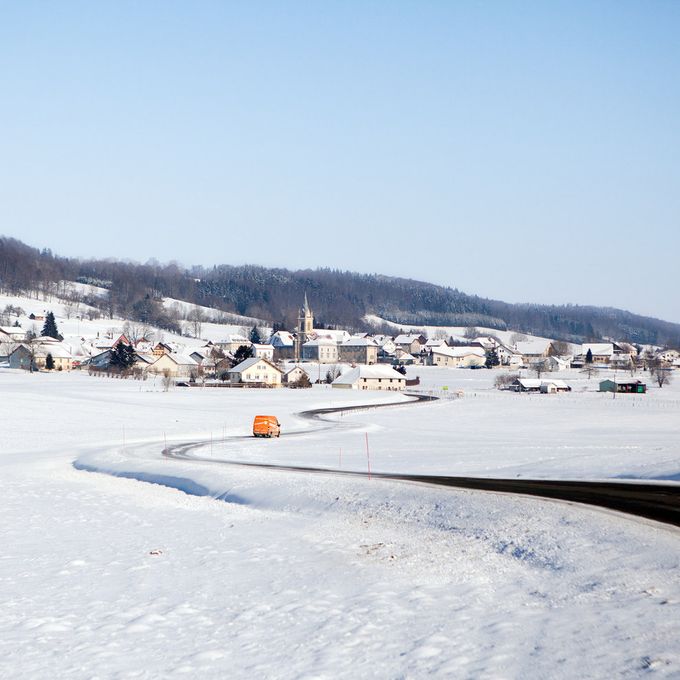
Situated in eastern France, in the département of Doubs, the Republic of Saugeais is a self-proclaimed micronation that started because of lunchtime joke made in 1947. When the prefect of Doubs came to Montbenoît to attend an official event, the owner of the hotel, Georges Pourchet asked whether he had a permit allowing him to the enter the Republic of Saugeais.
Unfazed by this, the prefect asked Pourchet for details. Clearly a master of improv, Pourchet made up the logistics of Saugeais on the spot. Impressed by his gusto, the prefect responded by appointing Pourchet ‘President of the Free Repubic of Saugeais’.
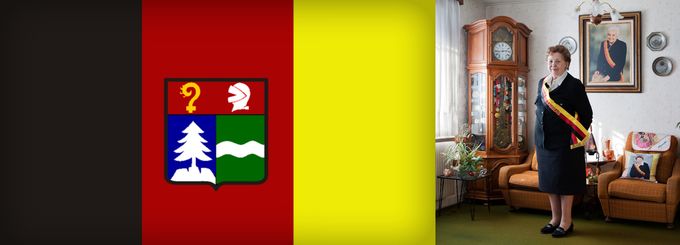
Georges Pourchet died in 1968. After a brief stint in office, his wife and successor Gabrielle stood down in 1970 before being reelected as President for life in 1972. President Gabrielle Pourchet appointed a prime minister, a general secretary, twelve ambassadors and more than 300 honorary citizens.
Gabrielle Pourchet died on the 31st of August 2005, at the grand old age of 99, and was succeeded by her daughter Georgette Bertin-Pourchet. The micronation of Saugeais consists of 11 municipalities, including its capital Montbenoît, and has a population of 4337.
And, to think, it all started because of some light-hearted banter in the local hotel.
6) The Principality Of Seborga
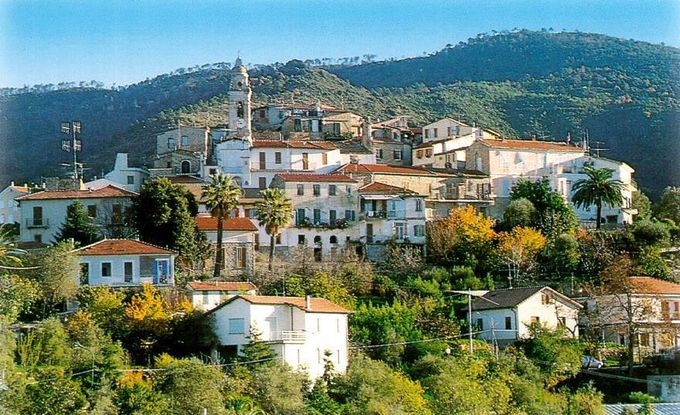
If you thought micronations were a relatively new phenomeon, take a look at the Principality of Seborga. This is a micronation that can trace its history all the way back to the year 954 when its territory was ceded by the counts of Ventimiglia to the Benedictine monks of Lérins.
Over 100 years after this, in the year 1079, the abbots of Seborga’s monastrey were made Princes of the Holy Roman Empire. This made them, by all accounts, the principality’s heads of state.
On the 20th of January 1729, Seborga was annexed to the Savoy dynasty’s Kingdom of Piedmont-Sardinia. Due to an administrative error, no written act or treaty recorded the annexation at the time of its occurence. Because of this monumental cock-up, Seborga didn’t even get a mention in Italy’s Act of Unification (1861).
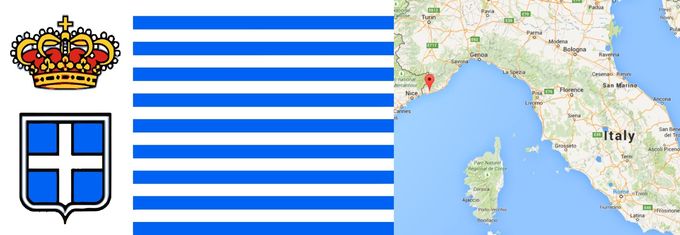
This loophole in the Act of Unification, led residents of Seborga to claim once and for all that they lived in a sovereign state. While many feel that this independence claim is nothing more than a cheap marketing tactic on the part of the town’s tourism industry, there are those outside of Seborga who believe the town’s claim to be legitimate.
Giorgio Carbone, who as far as we know was not related to former Sheffield Wednesday forward Benito Carbone, began recirculating the idea that Seborga was still an independent principality in the early 1960s. By 1963, Giorgio, a local flower grower by trade, had convinced enough of the town’s folk to elect him as their head of state. He annointed himself Giorgio I, Prince of Seborga.
“This loophole in the Act of Unification, led residents of Seborga to claim once and for all that they lived in a sovereign state.”
Seborga’s status as a proud independent micronation, and Carbone’s position as head of state, was further underlined when locals voted for this on the 23rd of April 1995. Although this referendum wasn’t official in the eyes of the Italian government, the Seborgans strength of feeling was clear to see; with 304 voting in favour, and only 4 against.
Carbone, known locally as Sua Tremendità (‘His Tremendousness’), reigned until his death on the 25th of November 2009.
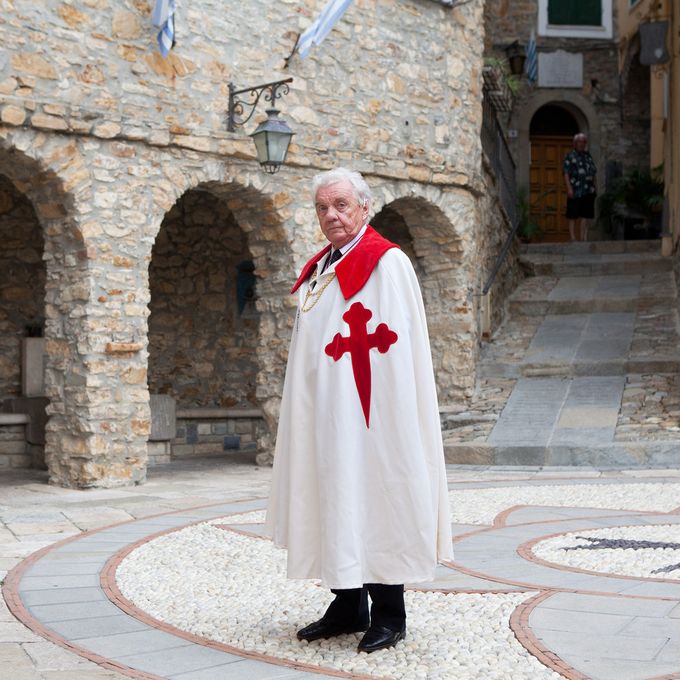
You May Also Like:
Volcanic, Shipwrecked & Completely Forbidden: 7 Incredible Islands You Never Knew Were Real
